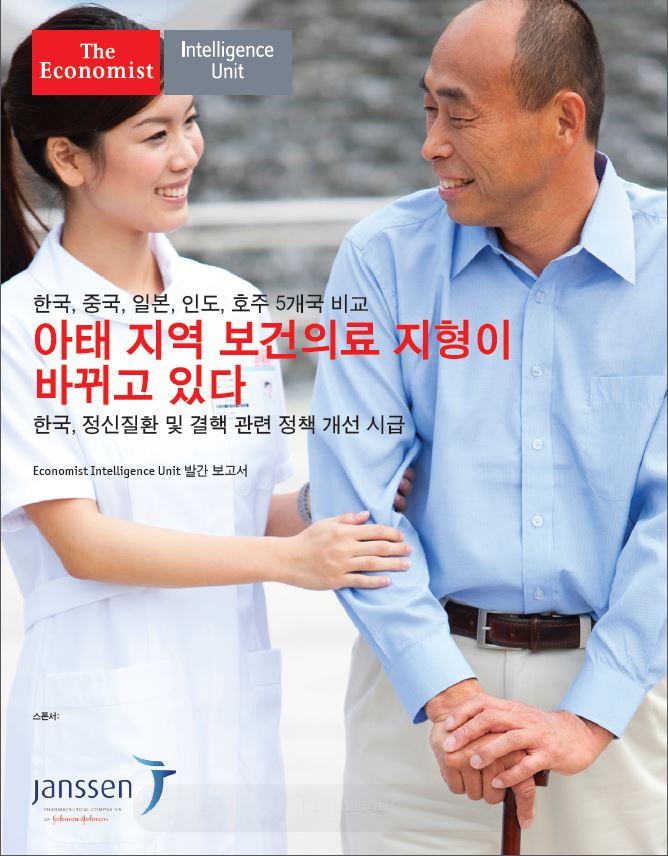The Shifting Landscape of Healthcare in Asia-Pacific-Korean
Health
The Shifting Landscape of Healthcare in Asia-Pacific-Korean
Charles Ross is Principal of Policy and Insights in Asia-Pacific and leads the region's technology and society practice. Prior to this role, he was editorial director for The Economist Intelligence Unit overseeing all thought leadership research in Asia. Charles combines a deep understanding of how technology trends are reshaping business and society with excellent research and editorial skills, to create impactful and award-winning research programmes for clients. Charles is currently based in Australia and has led many projects analysing the implications for business of new technology trends such as blockchain, fintech, smart cities, cloud computing, sustainability and the internet of things, for Google, Stripe, SAP, Telstra, Microsoft, Prudential, Westpac and the Singapore government. He is a contributing industry expert to the UN Science Policy and Business Forum on the Environment and a frequent speaker at finance and technology events across the region. Charles holds a master of business administration, focusing on strategy and organisational change, from the University of Oxford and a certificate in public policy analysis from the London School of Economics and Political Science.








